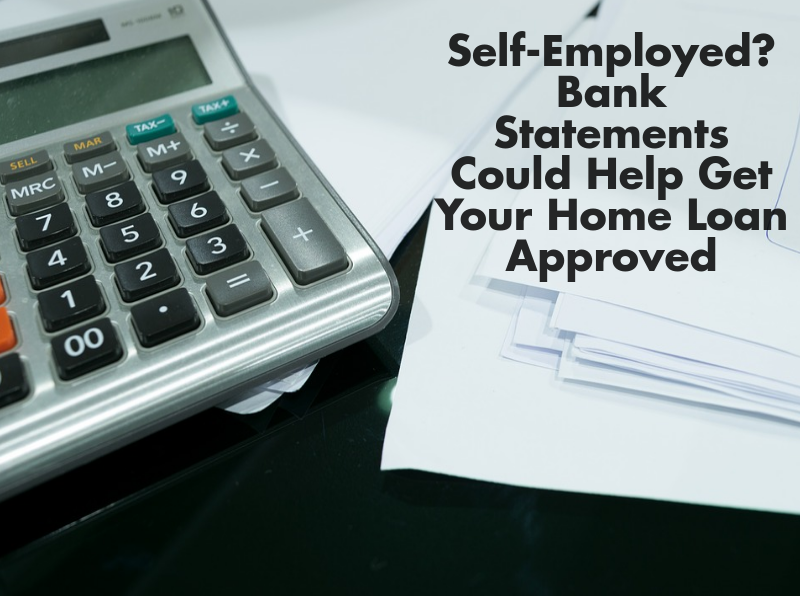Just how many people in the U.S. are self-employed? Understanding the number of people in the United States who work independently can be a little tricky. With doctors, for example, you have a detailed process for becoming educated, licensed, and registered to practice your trade. We know almost exactly how many physicians there are in the United States.
But self-employment is a broad, far-reaching term that can cover everything from Silicon Valley innovators to small-town handymen. It can include people running their own massive companies to “solopreneurs,” a new term used to describe gig-based service providers who work alone, such as writers and graphic designers.
So how many are there?
According to the latest numbers from the Bureau of Labor Statistics, there are nearly 15 million workers who are self-employed, accounting for roughly 10% of the American workforce.
However, a 2017 article from CNN Money suggests that self-employment could already be 34% of the workforce; by 2020 it could be as high as 43%.
No matter what the specific numbers, the message is clear: there is a growing number of self-employed individuals. But it’s not just tech-savvy telecommuters either; there’s still a large number of self-employed shop owners and traditional entrepreneurs, such as electricians, plumbers, and restauranteurs.
As self-employment expands, however, there is an eventual challenge. Getting self-employed people approved for mortgages and other loans can be difficult because they aren’t set up for the traditional approval process.
In other words, the self-employed are a square peg and the mortgage system is a round hole.
Fortunately, we have a few programs to help entrepreneurs, using bank statements for approval. These programs are extremely important for the self-employed, and could be the key to your affordable mortgage loan!
Bank Statement Programs for the Self-Employed
The Challenges of Approval for the Self-Employed Borrower
Why is it so difficult for self-employed borrowers to gain a loan? After all, most self-employed home-loan applicants actually make more money than the average applicant, according to a report from Zillow. The report goes on to say that these self-employed borrowers are still more likely to be rejected, and the hangup is related to credit scores, which the writer says are lower among the self-employed.
But this doesn’t tell the whole story. Even if a self-employed individual has a top-notch credit score, there are still challenges with mortgage approval because of income documentation.
If you work in a regular job and bring in $120,000 a year, and you fully expect to keep this job, the bank can reasonably assume that you will make $120,000 next year, and the year after, and the year after. (In most cases, you’ll actually make more the following years.) Also, an employee can bring in pay stubs demonstrating this consistent income, giving more verification to lenders.
Self-employed people, however, might make $120,000 one year, $80,000 the next, and $200,000 the next. Their income fluctuates, which can make lenders feel the risk. What happens next year if the entrepreneur’s income plummets? Will the bank be compensated?
At San Diego Purchase Loans, we attempt to solve this problem by offer a unique program that helps you get approved through the use of bank statements.
The Solution: Approval with Bank Statements

Because self-employed individuals aren’t set up for the traditional lending process, how can they get approval? Surely these millions of potential borrowers aren’t being left without a home-ownership option.
One option that we offer is a bank statement program. This program is designed to give self-employed workers the chance to demonstrate their income through cash flows, as documented on their bank statement. This is an underwriting alternative that the self-employed borrower can can use to get approved.
The program will analyze cash flow for the past 12 months, looking at your bank account’s details to determine your creditworthiness. This is an extremely unique offering in our full product line, and we actually have bank statement programs that can finance up to 90% of a purchase with a loan amount up to $1 million.
What Types of Purchases are Eligible?
While these mortgage programs are usually used to purchase a primary home, they can be used for different purposes if desired. For example, you can use this lending program to purchase a second home. If you’re looking to add a vacation home to your estate, but your self-employed status has delayed the process, the bank statement program could break the log jam. The program can also be used for investment properties, allowing you to expand your potential earnings in the future.
The details can change when purchasing property for various purposes, so we’d encourage you to speak with a knowledgable professional who can fill you in on the details and help you make the right decision.
What Other Information is Helpful for the Self Employed?
As always, the more information you can bring to the lender, the better. This means bringing as many documents as you can to verify your past income and future earning potential.
To increase your chances of approval, consider bringing some of the following:
- Profit-loss statements
- Balance sheets
- Statement of cash flows
- Business licenses
- Letters from clients and customers
- Insurance information (including workers’ comp and liability)
- Documentation of professional membership
- Tax documents (the further back, the better)
While none of these documents will guarantee approval, they help demonstrate that your company is well-organized, well-established, and has a history of serving customers and generating an income.
Bank Statement Programs and Other Services for Your Mortgage Approval
Thanks to common-sense underwriting, we have the ability to increase your chances of approval no matter what your employment status.
If you are self-employed, you owe it to yourself to learn more about our bank statement program. Contact San Diego Purchase Loans today to get the information you need to make a confident mortgage decision.


